The term “breakout” is commonly used to describe all types of acne, it isn’t necessarily true. Acne does not always spread throughout the skin.
Acne is most commonly connected with hormonal changes that occur throughout adolescence, although it can also affect adults. Acne affects around 17 million Americans, making it one of the most common skin diseases among both children and adults.
It’s crucial to figure out the sort of acne you have before you start treating it. Acne can be either non-inflammatory or inflammatory in nature.
It’s possible to have many forms of acne at the same time, and certain cases may be severe enough to require a dermatologist’s attention.
Different Types of Acne
Here is the latest list of all types of acne that you should know about.
1. Whiteheads
Closed comedones is the medical name for whiteheads. These are tiny lumps or patches that are flesh-colored. They generally feature a white, round core encircled by a red halo on lighter skin. The surrounding region may seem dark or even purple-hued on darker skin. Scarring is uncommon with whiteheads.
A hair may sprout from the core of a whitehead or appear within the blemish on rare occasions. The skin around a whitehead might seem tight or wrinkled, particularly if the whitehead is big or elevated.
2. Blackheads
Blackheads, also known as open comedones, are tiny, dark-colored lumps that might be slightly elevated. The skin around a blackhead is generally normal, but the blackhead’s core is darker than the surrounding region.
This color is not caused by dirt that has become trapped. Whiteheads that have expanded and enlarged are known as blackheads. When a whitehead’s contents are exposed to air, they discolor.
3. Papules
Papules are little lumps beneath the skin’s surface that are smaller than one centimetre in diameter. The papules themselves will be firm, sensitive, and elevated in appearance. The skin around a papule is usually irritated as well.
Papules, unlike whiteheads, do not have a visible core, and their pores are not enlarged like blackheads.
4. Pustules (Pimples)
Pustules are bigger, painful lumps with a definite circular core and white or yellowish pus. On light skin, the region around a pustule appears red or pink, whereas it appears deep brown or black on darker complexion. The pus in a pustule is usually a mixture of immune and bacterial cells that have accumulated in the closed hole. Pustules resemble bigger, inflamed whiteheads in appearance.
5. Nodules
Hard, inflammatory lumps deep inside the skin are known as nodules. Nodules, like papules, have no apparent head. Nodules are a severe type of acne blemish that can leave dark patches or scarring on the skin. When blocked pores get infected and expand beneath the skin’s surface, this form of acne lesion appears. As a result, nodular acne might be more serious than its appearance implies.
6. Cysts
Cysts are huge, painful red or white lumps that form deep beneath the surface of the skin. These cysts, unlike nodules, fill with pus and are usually soft to the touch. Cysts are the most serious kind of acne. In severe circumstances, a person’s condition may necessitate surgical intervention. Cysts can leave noticeable scars if not treated appropriately.
7. Papules
Papules are tiny red lumps that develop when oil or dead skin cells clog a pore and combine with Cutibacterium acnes (C. acnes) bacteria on your skin (formerly Propionibacterium acnes). The germs are able to escape into the surrounding skin tissue because the contents of this blocked pore leak out. After then, the germs cause an inflammatory lesion. Pus is not seen in papules.
Because of its antibacterial properties, the over-the-counter medication benzoyl peroxide may still be useful for treating papules (and other kinds of inflammatory acne). Your dermatologist may prescribe a topical retinoid, antibiotics, or birth control pills (for women whose acne coincides with their menstrual cycle). Birth control pills can help decrease oil production by lowering androgen levels. Antibiotics may help get rid of C. acnes bacteria, and birth control pills can help reduce oil production by lowering androgen levels. Androgens are sex hormones produced by men, although they may also be present in women. They have the potential to enhance the amount of oil produced by your skin.
8. Pustules
Pustules are tiny, bulging lumps with a white core surrounded by red, inflammatory skin. Clusters of them might be observed on the chest, face, or back. Pustules are produced by an infection of a blocked pore, but hormonal changes in the body can also cause them. Pustules are similar to papules, except they contain a yellowish substance called pus.
Don’t try to pop or squeeze pustules because this might spread the germs. Pustules may only be safely drained by your doctor.
Pustules respond to the same over-the-counter and prescription treatments as papules. To get rid of the bacteria-filled pus, antibiotics are nearly usually prescribed.
9. Acne Fulminans
This is an uncommon but severe kind of acne that strikes teenage boys suddenly and is characterized by inflammatory nodular acne over the chest and back. It can cause serious scarring and painful joints and other health problems like fever and joint discomfort.
10. Acne Mechanica
Excessive pressure, heat, and friction on the skin cause this type of acne, common among athletes and people already prone to outbreaks. Small lumps, ranging from microscopic comedones to inflammatory lesions, characterize it.
11. Milia
We’ll be honest: milia (also known as “milia seeds”) isn’t exactly an acne condition. However, they’re frequently mistaken for pimples and should be on your radar if you’re attempting to figure out what’s wrong with your skin.
Milia, which are technically microscopic cysts, are little, light lumps that commonly appear around the nose, cheeks, and eyes. They’re caused by keratin deposits or trapped skin flakes. Keratin is the protein that keeps your hair, skin, and nails healthy. When it gets stuck beneath your skin, though, it forms hard lumps.
12. Comedones
Blackheads and whiteheads, often known as open and closed comedones, make up comedones. These are two of the most difficult types of acne to avoid popping, but as a friendly reminder, there are several reasons why this is always a terrible idea. When oil clogs the hair follicle and sebaceous gland situated in the pore, blackheads develop.
Because blackheads are open, the melanin pigment (which gives the skin its color) reacts with the oxygen in the air, resulting in their dark hue ” not because of dirt or debris, as is commonly assumed. Whiteheads are caused by skin cells and oil obstructing the pore. They’re closed pimples, which means the buildup doesn’t react with oxygen, allowing a yellow or white head to form. Comedones are a kind of acne that is very moderate, especially when just a few are present.
13. Severity Of Acne
A dermatologist may be able to grade or diagnose your acne based on the sort of pimples you have. Your doctor may grade your acne, designating it Grade 1 for moderate to Grade 4 for severe, in addition to defining it as non-inflammatory (defined by comedones), inflammatory (characterized by pustules, papules, cysts, and nodules), or a combination of both. They may simply refer to it as “mild,” “moderate,” or “severe.”
14. Mild Acne
Mild acne is characterized by comedones and is usually non-inflammatory. There are usually only a few pimples with moderate acne.
15. Moderate Acne
Moderate acne patients have a higher number of pimples, including inflammatory lesions.
16. Severe Acne
Numerous papules, pustules, and nodules define severe acne. Acne is unpleasant, and it may leave scars.
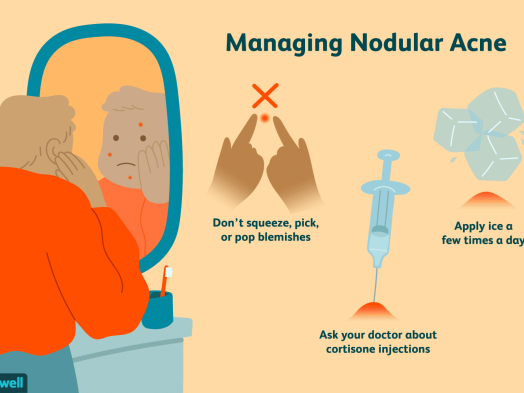
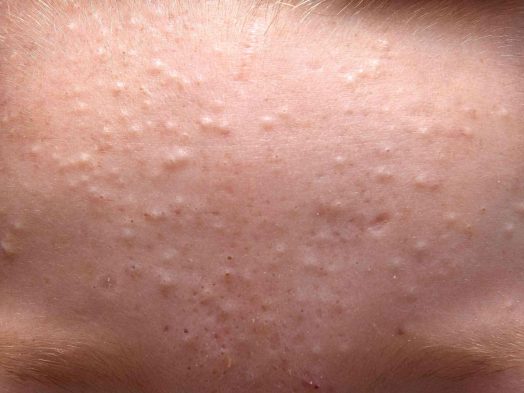
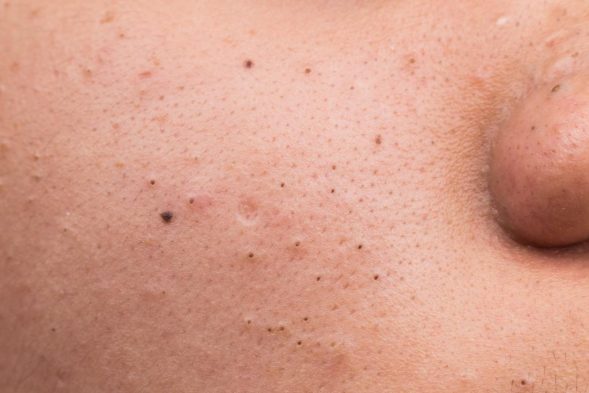
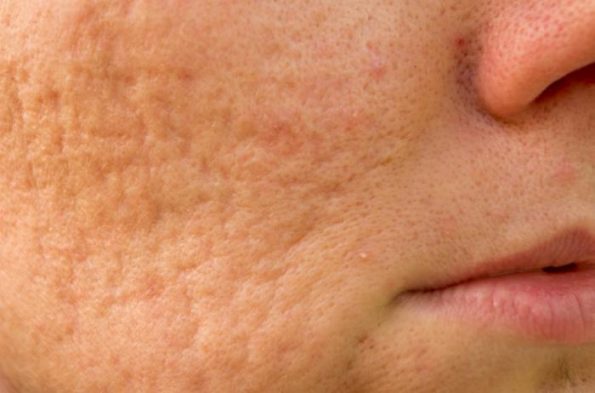
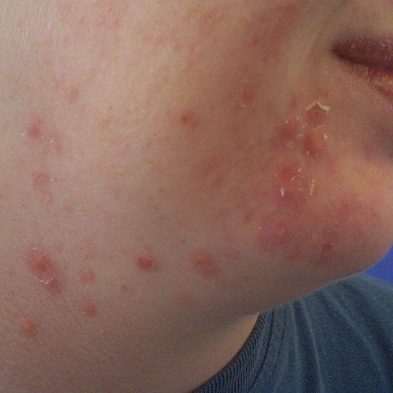
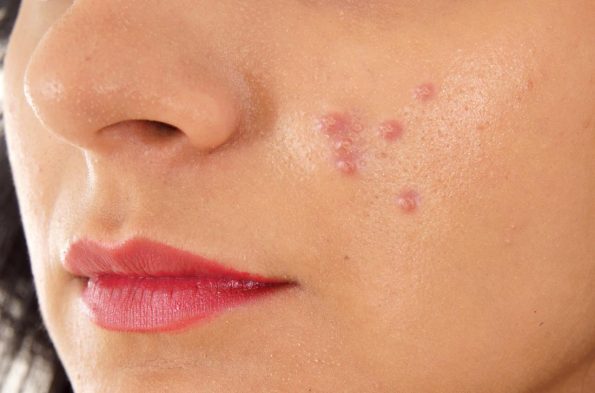
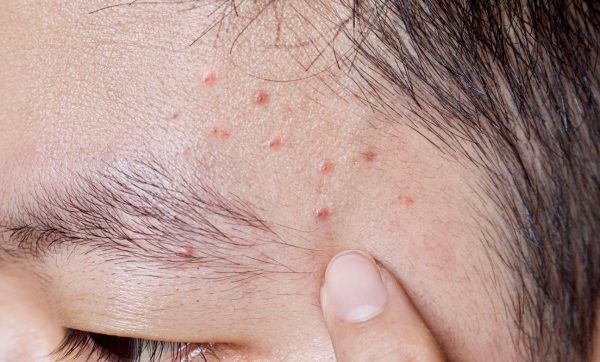
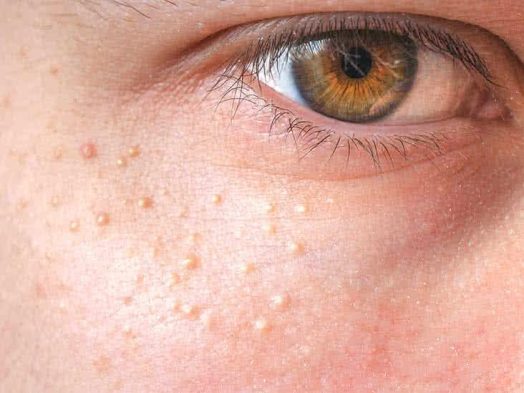
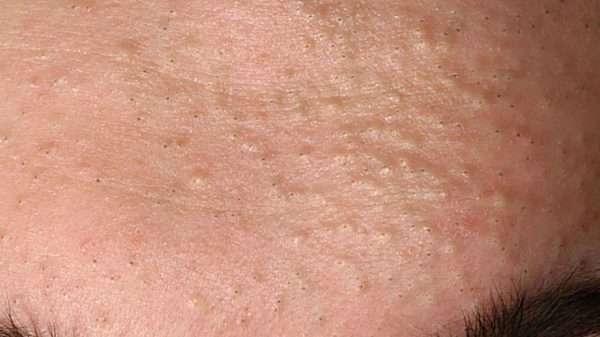
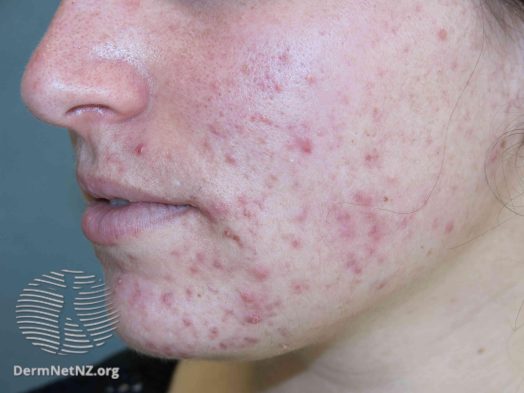
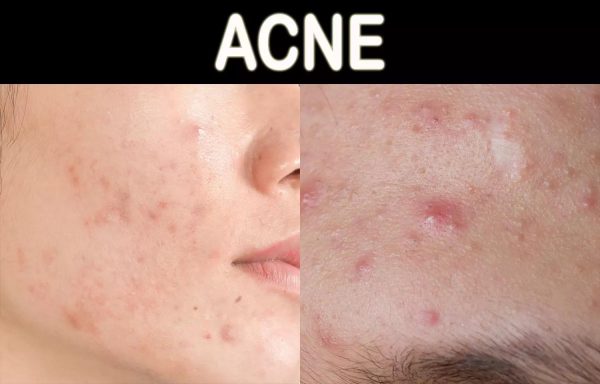
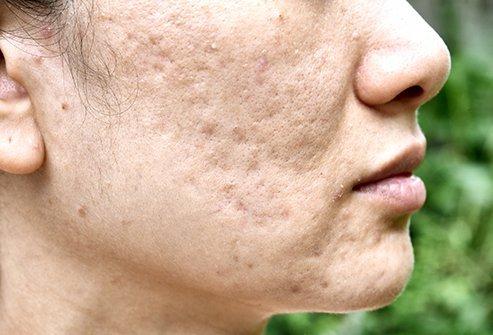
3 Comments
Nice, clear presentations.
What is the acne on senior skin. Hard white cores in clusters.
Excess stress leads to production of androgen hormones and cortisol, both of which activate the sebaceous glands to produce excess sebum, which in turn causes acne lesions and flares.